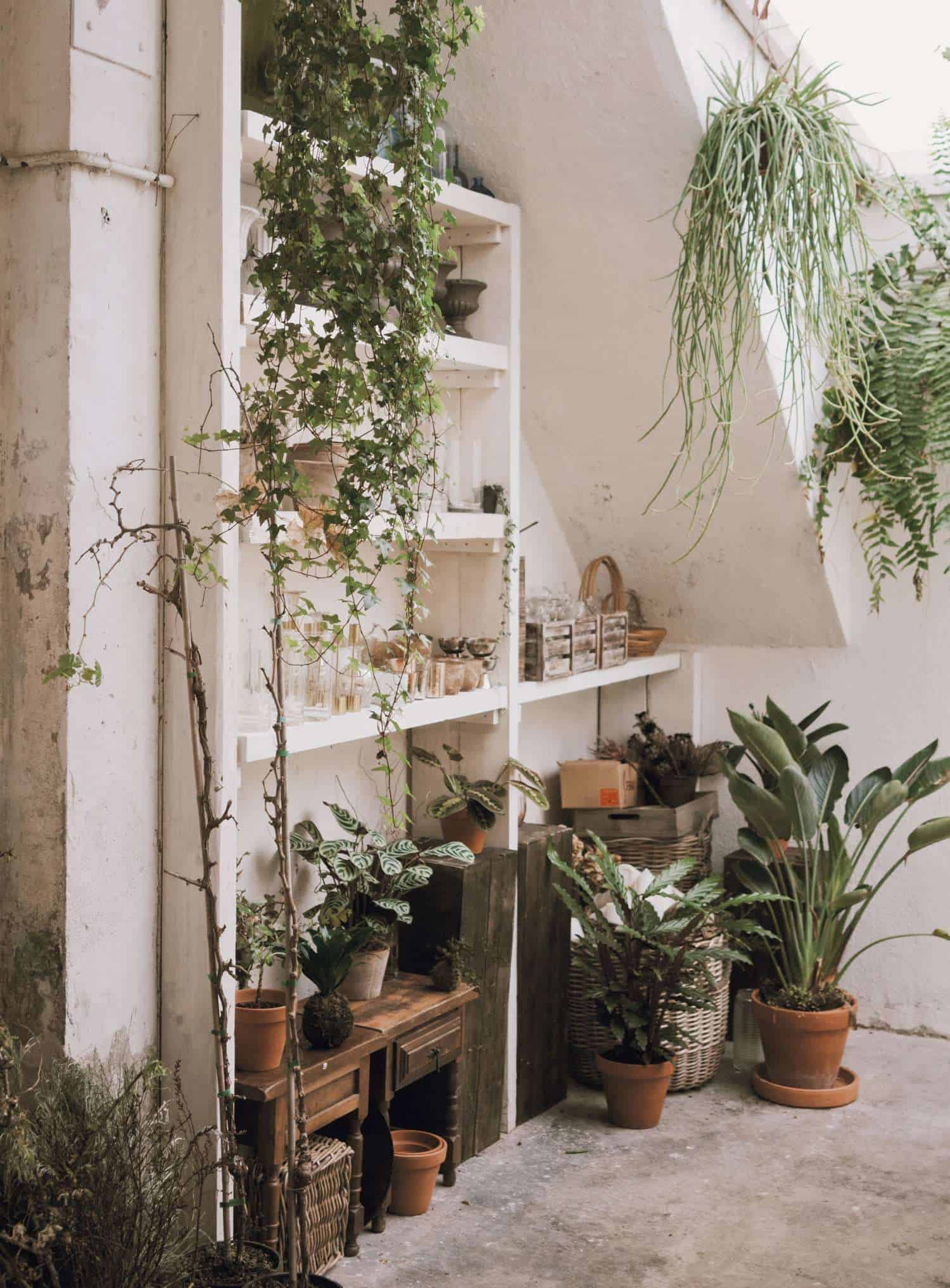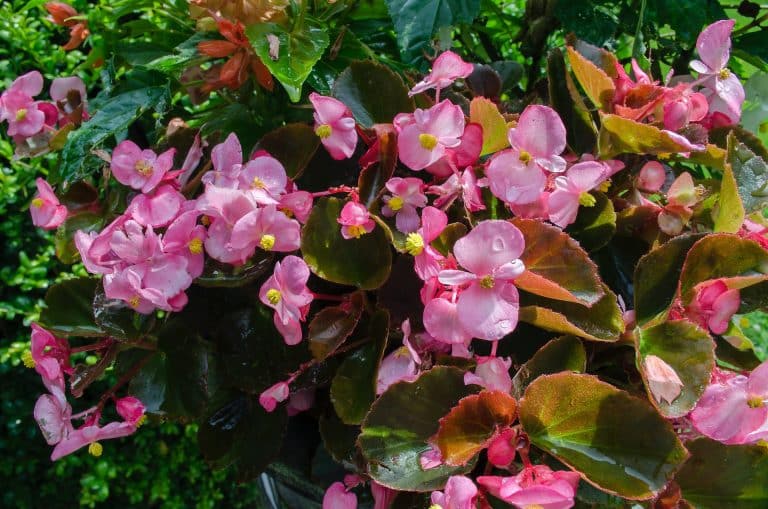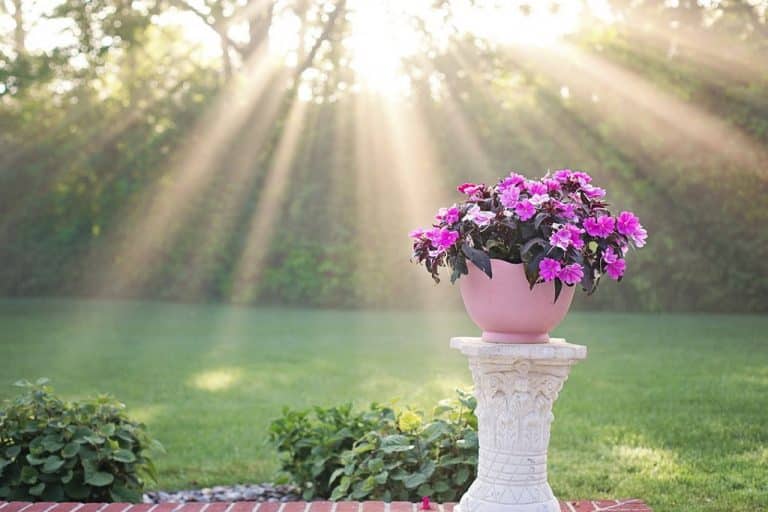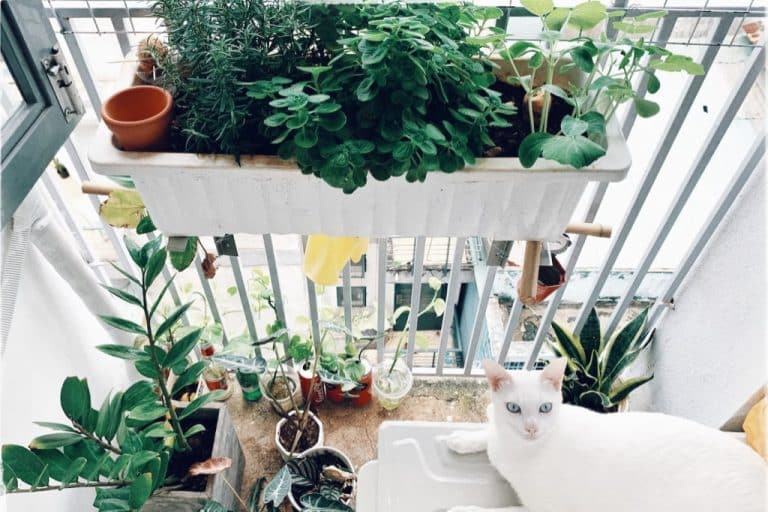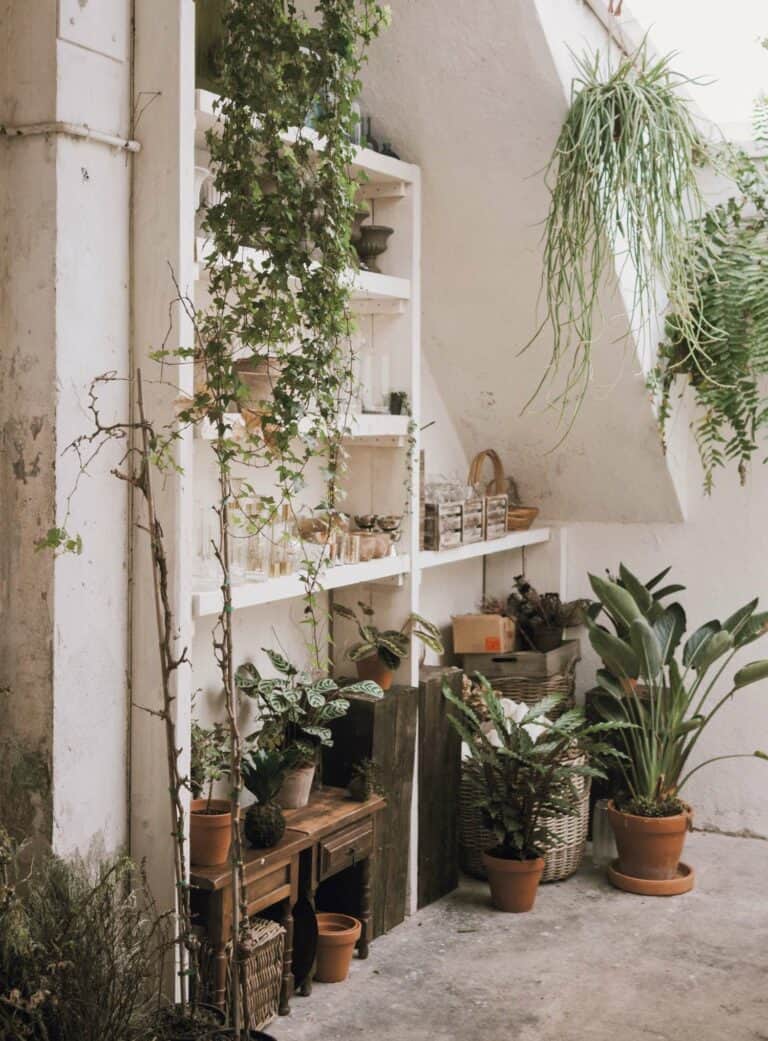Which Plants Like Humidity: A Guide to Moisture-Loving Houseplants
Introducing a little greenery into your home is an awesome way to brighten up your living space. But not all plants are made equal.
Some crave sunshine, while others like cooler temperatures, but did you know that some plants actually thrive in humidity?
Yup they do.
So while you might be cursing the sticky air during those humid summer days, there are certain houseplants that are simply living their best lives.
So, if you’ve ever wondered which plants like humidity.
You’ll learn valuable plant-parenting tips like how to identify plants that utterly adore damp environments and which plants would love nothing more than a steamy bathroom to call their own. (Don’t we all?)
First, let’s address an important question: Why, you might be wondering, should I even bother with making my home a haven for humidity-loving plants?
Well, for starters, moisture-loving plants are experts at purifying indoor air and aren’t too fussy when it comes to temperature fluctuations (score!).

Understanding Humidity and Plants
Humidity is basically the amount of moisture in the air, and FYI, it matters a lot when it comes to the well-being of your indoor plants.
You see, different plants have their own personal preferences when it comes to humidity, just like how some humans prefer dark chocolate over milk chocolate (seriously, where’s the fun in that?).
Imagine your plants inside your home, minding their own business, when they’re suddenly blasted with air from the air conditioning, heating, or just plain lack of natural humidity (yikes).
When the air is dry plants lose moisture through their leaves, which can lead to a heartbreaking display of wilting, leaf drop, or even plant death (where’s the tissue box?).
On the flip side, though, plants can also suffer when there’s too much humidity, making them prone to fungal invasions so excessive humidity can be just as bad as dry air for your plant health.
SO you need to know the specific humidity preferences of each plant species you have. For example, ferns, orchids, and peace lilies are like the divas of the plant world all about that high humidity life, while the cacti and succulent squad thrive in a drier atmosphere (tough cookies) .
And, hey, while you’re at it, why not get yourself a hygrometer to ensure you’re providing the perfect humidity level for your plants?
To increase humidity levels for your moisture-loving plants, group them together!
Remember how I mentioned plants release moisture through their leaves? Well, when they’re all gathered round like a plant pow-wow, they create a little humid microclimate of their own.
Alternatively, place a tray of water near your plants to help give them a humidity boost.
To sum it all up, it’s super important to keep an eye on the humidity levels in your home (40% to 60% is a good zone for most plants) and tailor them according to what your plants need.
A little moisture TLC can make a big difference in helping your plant babies thrive!
Tropical Plants That Thrive in Humidity
Tropical plants are known for their lush foliage and vibrant colors. They are also well-suited to humid environments, making them perfect for indoor gardening in areas with high humidity levels. In this section, we will explore some of the best tropical plants that thrive in humidity.
Ferns
Ferns are a popular choice for indoor gardening due to their ability to thrive in humid environments. They come in a variety of sizes and shapes, from the delicate maidenhair fern to the large and leafy Boston fern. Ferns are also known for their air-purifying properties, making them a great addition to any home.
Some popular types of ferns that thrive in humidity include:
- Boston fern
- Maidenhair fern
- Bird’s nest fern
- Staghorn fern
Orchids
Orchids are another type of tropical plant that love humidity. They are known for their beautiful flowers and can add a touch of elegance to any room. Orchids come in a variety of colors and sizes, from the small but mighty phalaenopsis to the large and showy cattleya.
Some popular types of orchids that thrive in humidity include:
- Phalaenopsis
- Cattleya
- Dendrobium
- Vanda
Bromeliads
Bromeliads are a type of tropical plant that come in a wide range of colors and sizes. They are known for their unique foliage and can add a touch of exotic beauty to any room. Bromeliads are also easy to care for and can thrive in a variety of environments, including humid ones.
Some popular types of bromeliads that thrive in humidity include:
- Guzmania
- Aechmea
- Neoregelia
- Tillandsia
Tropical plants are a great choice for indoor gardening in areas with high humidity levels.
Houseplants That Love Humidity
There are several options that can help you add some greenery to your space while also helping to increase the humidity levels in your home.
Spider Plants
Spider plants are a great choice for those looking to add some humidity-loving greenery to their home. According to research from 2015, spider plants are one of the best plants for increasing indoor humidity.
spider plants are also effective at removing indoor air pollutants. These plants are easy to care for and can tolerate a range of light conditions, making them a versatile option for any space.
Peace Lilies
Peace lilies are another great option for those looking for humidity-loving houseplants. These plants are known for their ability to purify the air and remove toxins like benzene, formaldehyde, and trichloroethylene. They can also help to increase the humidity in your home, making them a great choice for those with dry indoor air. Peace lilies prefer bright, indirect light and should be kept moist but not overwatered.
English Ivy
English ivy is a charming and delicate plant that can make your home feel like a secret escape. This plant is adaptable and resilient, making it a great addition to home decor. English ivy will thrive with moderate lighting and an average humidity level of around 60%. It’s important to note that English ivy can be toxic to pets, so it’s important to keep it out of reach of your furry friends.
In summary, spider plants, peace lilies, and English ivy are all great options for those looking to add some humidity-loving greenery to their home. These plants are easy to care for and can help to increase the humidity in your space, making them a great choice for those with dry indoor air.
Outdoor Plants That Enjoy Humidity
When it comes to outdoor plants, some thrive in high humidity levels. Here are a few examples:
Hydrangeas
Hydrangeas are popular outdoor plants that love humidity. They prefer moist soil and thrive in areas with high humidity levels. They are also known for their beautiful blooms that come in a variety of colors, including blue, pink, and white. Hydrangeas can be grown in containers or in the ground and are a great addition to any garden.
Azaleas
Azaleas are another outdoor plant that enjoys high humidity levels. They are known for their vibrant blooms, which come in a range of colors, including pink, red, and white. Azaleas prefer acidic soil and need to be watered regularly to maintain their moisture levels. They can be grown in containers or in the ground and are a great option for adding color to your garden.
Camellias
Camellias are a beautiful outdoor plant that thrives in high humidity levels. They are known for their stunning blooms, which come in a range of colors, including pink, red, and white. Camellias prefer acidic soil and need to be watered regularly to maintain their moisture levels. They can be grown in containers or in the ground and are a great option for adding color and elegance to your garden.
Overall, if you live in an area with high humidity levels, these outdoor plants are great options for adding color and beauty to your garden. Remember to provide them with the proper care and maintenance, including regular watering and fertilizing, to keep them healthy and thriving.
Humidity-Loving Herbs and Vegetables
When it comes to growing herbs and vegetables that love humidity, there are a few options to choose from. Some plants thrive in hot, muggy climates, while others wilt and struggle. Here are a few humidity-loving herbs and vegetables to consider adding to your garden:
Basil
Basil is a popular herb that is used in many different dishes, from Italian to Thai cuisine. It’s also a great herb to grow in hot, humid climates.
Basil loves heat and moisture, so it’s important to keep the soil consistently moist. If you notice the leaves starting to wilt, give the plant a good drink of water.
Basil can be grown in containers or in the ground, and it’s relatively easy to care for.
Peppers
Peppers are another vegetable that loves humidity. They come in a variety of shapes, sizes, and heat levels, from sweet bell peppers to spicy jalapeños. Peppers need plenty of water to thrive, especially during hot, dry weather. They also benefit from a regular feeding of fertilizer to help them grow strong and healthy.
Tomatoes
Tomatoes are a staple in many gardens, and they also happen to love humidity. Tomatoes need plenty of water to grow, especially during the hot summer months. They also benefit from a regular feeding of fertilizer to help them produce juicy, flavorful fruit. Tomatoes can be grown in containers or in the ground, and they require some support as they grow taller.
Overall, growing herbs and vegetables that love humidity can be a great way to add some variety to your garden. With a little bit of care and attention, these plants can thrive in hot, muggy climates and provide you with a bountiful harvest.
Tips for Increasing Humidity for Plants
Most houseplants come from tropical or sub-tropical regions where the humidity is high. Therefore, it is essential to maintain a high level of humidity for indoor plants to thrive. Here are some tips to increase humidity for your plants:
- Use a Humidifier: A humidifier is an effective way to increase humidity levels in your home. Place it near your plants to help them thrive.
- Mist Your Plants: Misting your plants with water is another way to increase humidity levels. Use a spray bottle to mist your plants regularly, especially during the dry winter months.
- Group Your Plants Together: Grouping your plants together can create a microclimate that increases humidity levels. Plants release moisture through a process called transpiration, which can help create a more humid environment.
- Create a Pebble Tray: A pebble tray is a simple and effective way to increase humidity levels for your plants. Fill a tray with pebbles and add water until it reaches just below the top of the pebbles. Place your plants on top of the pebbles, making sure the roots do not touch the water. The water will evaporate, creating a more humid environment.
- Move Your Plants to a Naturally Humid Room: Bathrooms and kitchens are naturally more humid than other rooms in your home. Consider moving your plants to these rooms to help them thrive.
- Consider a Terrarium or Plant Cabinet: Terrariums and plant cabinets are enclosed spaces that can help create a humid environment for your plants. They are perfect for plants that require high humidity levels.
Now that you’re practically an expert on these moist-ure needin’ plants, it’s time to put your skills to the test!
Go ahead and share this post with all your plant-loving friends there’s always that one person who could use a little inspiration.
If you’re still craving knowledge on all things green and leafy, don’t hesitate to explore more of our content right here on the blog.

